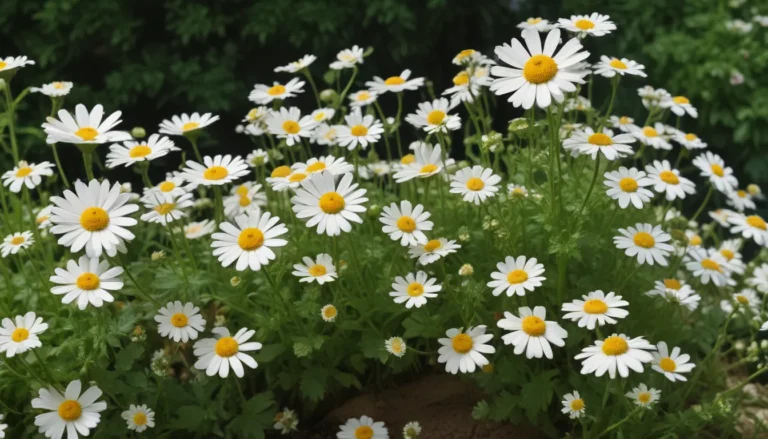A Comprehensive Guide to Growing and Maintaining Climbing Roses

Imagine walking under an arbor adorned with fragrant blossoms or a fence draped in colorful flowers. Climbing roses can bring such beauty to your garden. If you’ve been hesitant to try your hand at cultivating these delightful plants, fear not. Growing climbing roses is easier than you think, and the results are incredibly rewarding. In this in-depth guide, we’ll cover everything you need to know to successfully grow and maintain beautiful climbing roses.
Getting Started
Roses need some assistance when it comes to climbing. Unlike true vines, climbing roses won’t cling to surfaces on their own. You’ll need to provide them with something to climb on and possibly attach the canes using tape or twine. If you’re up for the challenge, let’s dive into the world of climbing roses.
What You’ll Learn
- What Are Climbing Roses?
- Cultivation and History
- Propagation
- How to Grow
- Growing Tips
- Pruning and Maintenance
- Cultivars to Select
- Managing Pests and Disease
- Best Uses
- Quick Reference Growing Guide
What Are Climbing Roses?
Climbing roses are not like ivy or clematis. They lack aerial roots, tendrils, or suckers and won’t climb on their own. Instead, they require assistance to scale walls or fences. These plants are essentially shrubs with long, strong canes that need training and support to create a climbing effect.
Cultivation and History
The cultivation of roses dates back centuries, with evidence of their presence in Japanese and Chinese gardens 5,000 years ago. Ancient Greeks, Romans, and British aristocracy held roses in high regard, each with its symbolism. Climbing roses were developed from plants with strong, long canes.
Propagation
You can propagate climbers through seeds, cuttings, layering, or transplanting. It’s essential to prune back transplanted climbers to encourage root growth over cane development initially. Whether grafted or own-root plants, climbers require proper care to thrive.
How to Grow
Climbing roses require ample space to grow due to their vigorous nature. They need support structures like trellises, fences, stakes, or pallets and full sunlight for at least six hours daily. A well-draining, loamy soil with a pH of 6.0-6.5 is ideal for optimal growth.
Growing Tips
- Amend sandy or clay soil with compost.
- Keep soil pH around 6.0-6.5.
- Provide support and secure canes in place if needed.
Pruning and Maintenance
Pruning climbers involves maintaining four robust canes and removing unwanted growth. Regular fertilization with all-purpose or rose-specific fertilizers is crucial for healthy growth and vibrant blooms.
Cultivars to Select
Several exceptional climbing rose cultivars are worth considering, like:
- Cecile Brunner
- Claire Austin
- Highwire Flyer
- Joseph’s Coat
- Lady in Red
- Malvern Hills
- Sky’s the Limit
- Stormy Weather
Each cultivar offers unique characteristics like flower color, size, disease resistance, and fragrance, catering to diverse preferences and environments.
Managing Pests and Disease
Common pests like aphids, Japanese beetles, and diseases such as black spot and powdery mildew can affect climbing roses. Proper care and vigilance are necessary to prevent infestations and diseases.
Best Uses
Consider growing climbing roses against buildings, trellises, arbors, or fences to enhance your garden’s aesthetics. These plants provide a charming alternative to vines without the potential for structural damage.
Quick Reference Growing Guide
- Plant Type: Perennial flowering shrub
- Flower/Foliage Color: Red, pink, white, purple, yellow, orange, peach, lavender/green
- Native to: Asia, Europe, North America
- Hardiness (USDA Zone): 3-11
- Soil Type: Loamy, rich
- Bloom Time: Spring-fall
- Exposure: Full sun to partial shade
- Spacing: 2 feet
- Planting Depth: 1/4 inch (seeds), bury graft union (transplants)
- Height: Up to 25 feet, more depending on variety
- Spread: Up to 5 feet
- Water Needs: Moderate
- Common Pests: Deer, rabbits, squirrels; aphids, cane borers, Japanese beetles, sawflies, scale, snails, spider mites, thrips
- Common Diseases: Black spot, botrytis blight, cankers, crown gall, powdery mildew, rose rosette, rust
Climb to Great Heights with Climbing Roses
Cultivating climbing roses is a delightful experience that brings timeless charm to any garden space. By following the tips and guidelines provided in this guide, you’ll be well on your way to growing and maintaining beautiful climbing roses that add a touch of elegance and romance to your outdoor environment. Share your climbing roses’ journey in the comments and let us know where you’re planning to plant your magnificent climbers!





